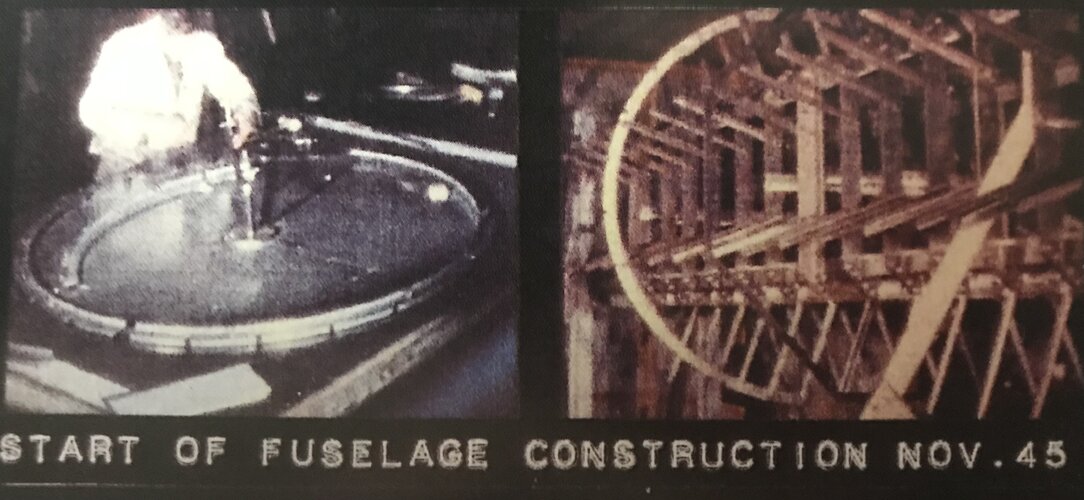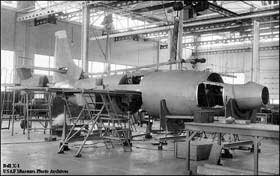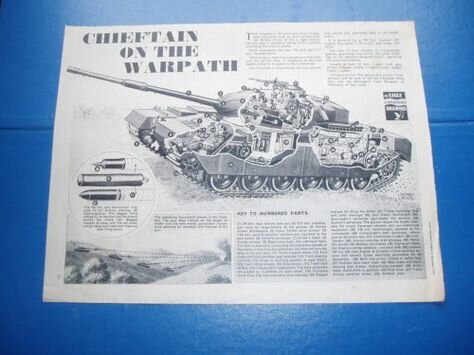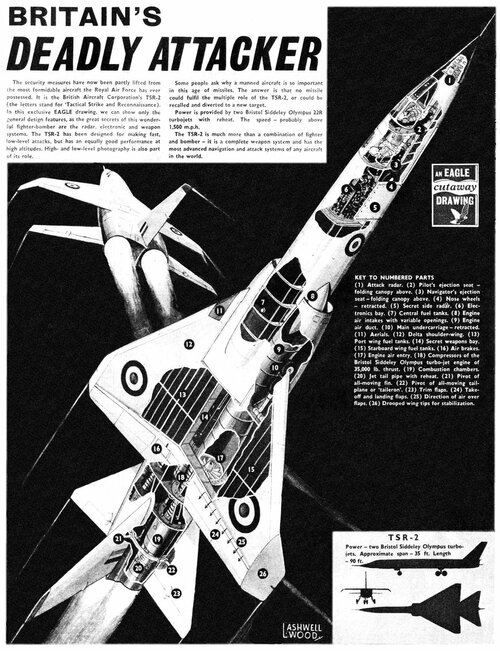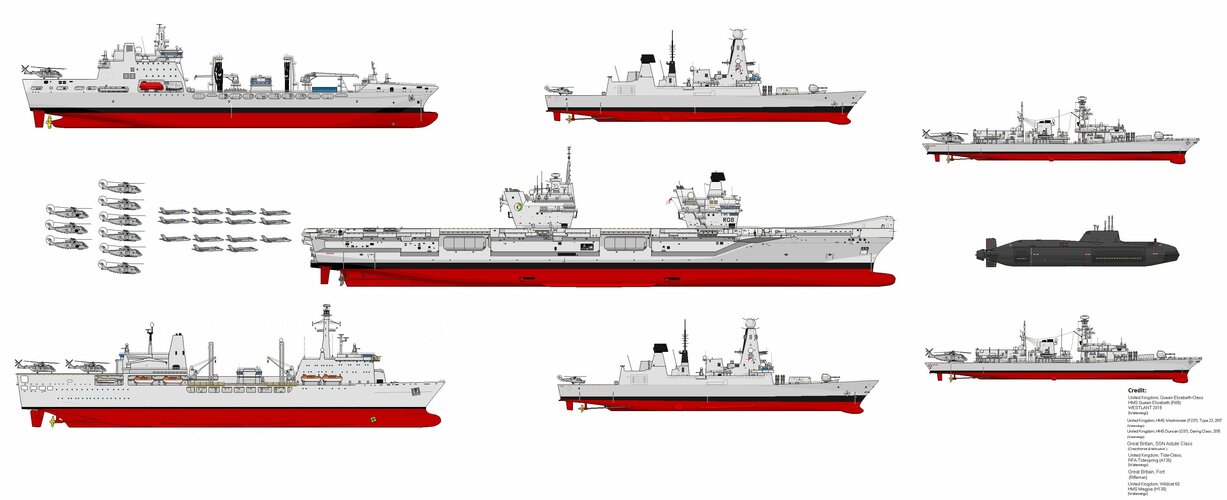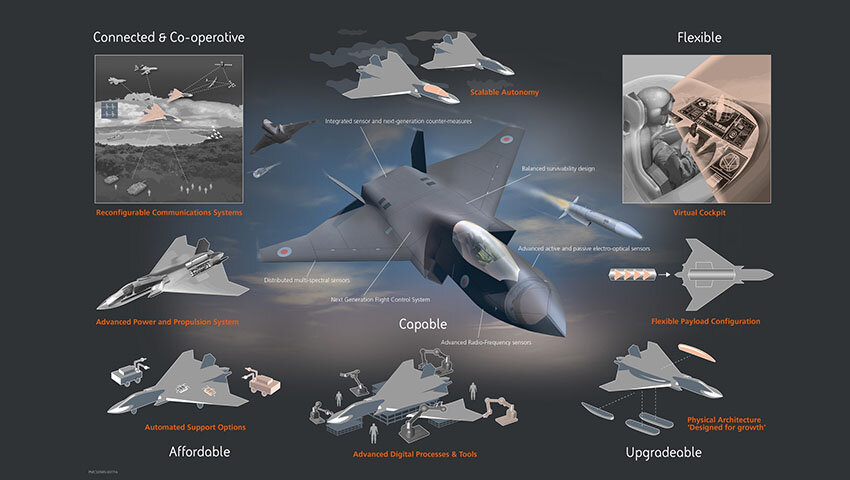Aside from Tony Benn, did any of the UK Aviation ministers have an aviation/technical background?
The general impression of post-War France is that it was far more meritocratic/technocratic
in its leadership since the French ruling class and the French class system in general
had largely been damaged/discredited by defeat in WW2.
Tony Benn was two-faced, the fact Filton was in his constituency meant that he was pro-Concorde but weirdly was anti-interventionalist when it came to the aircraft industry, he more or less called them leaches publicly but as long as the Whitehall funds trickled away on Concorde he seemed happy. He was though obsessed with technology and therefore dabbled in the more esoteric high-tech stuff that in the end was a flop (e.g. Magnox reactors). He quite happily killed off Beagle.
To answer your question:
Ministers of Supply
George Strauss - from a political (Tory) family, a metal merchant (in 1939 he was expelled from the Labour Party for seven months for supporting the 'Popular Front' movement of Stafford Cripps), before becoming Minister he had been parliamentary secretary at the Ministry of Transport. He was the first (early) advocate of rationalising the industry in 1950.
Duncan Sandys - in the TA since 1937, served in a HAA battery in Norway, wounded. Went into politics, during his tenure as Minister of Works was chairman of a War Cabinet Committee for defence against German flying bombs and rockets, where he frequently clashed with R. V. Jones.
Selwyn Lloyd - extensive WW2 service, rose to Deputy Chief of Staff of Second Army, involved in planning sea transport to the Normandy beachhead, his post as Minister of Supply was his second ministerial position, went on to become Minister of Defence, he began the planning on defence expenditure and what became the unified MoD a decade later.
Reginald Maudling - Churchill made him a junior Minister at the Ministry of Civil Aviation in 1951 but this was his only brush with aviation
Aubrey Jones - served in the Intelligence Corps during WW2 including Section V of SIS, but before being Minister of Supply had been Minister of Fuel and Power.
Ministers of Aviation
Duncan Sandys - that man again!
Peter Thornycroft - another artilleryman, Parliamentary Secretary at the Ministry of War Transport during the 1945 Conservative caretaker government, after his stint at the MoA became Minister of Defence and oversaw the creation of the MoD.
Julian Amery - another special services man, liaison to the Albanian resistance and later served in China, he was Secretary of State for Air before his promotion to Minister.
Roy Jenkins - another intelligence man in the war, Wilson's hatchet man for the aircraft cancellations of 1964-65
Frederick Mulley - varied political posts, later was Minister of Disarmament and Minister of Transport (when he refused to be seen behind the wheel of a car!).
John Stonehouse - served in the RAF during 1944-45, an economist, Parliamentary Secretary at the MoA in 1964, the last Minister for 2 months in1967, was involved in BOAC's order for Boeing 707s but he had recommended they should buy the Super VC-10 instead. He was also spying for Czech military intelligence since 1962...
Ministers of Technology
Frank Cousins - miner and unionist.
Tony Benn - RAF pilot but left the RAF in August 1945 (was a pilot for 6 months).
Geoffrey Ripon - no aviation background
John Davies - served with Combined Operations during the war, a businessman and Director General of the CBI (Confederation of British Industry) and brought in by Heath to give his Cabinet some businesslike outlook.
Ministers of (War) Transport and Ministers of Civil Aviation
Frederick James Leathers (The Lord Leathers) - industrialist with coal and shipping interests
Alfred Barnes - artist before entering politics
John Scott Maclay (1st Viscount Muirshiel) - had led the Merchant Shipping Mission in the USA during WW2
Alan Lennox-Boyd - served in the Navy
Ministers of Transport and Civil Aviation
Alan Lennox-Boyd - same post renamed
John Boyd-Carpenter - lawyer and staff officer in the war
Harold Watkinson - engineering background and engineering journalist before the war, served in the Navy, later became Minister of Defence.
[At this point MoA takes over all aviation]
So out of all these Ministers we have one pilot (only 6 months duty as such). The majority were wartime spooks (or in Stonehouse's case an active spook for the opposition), staff officers, sailors or artillerymen. The Ministers of Transport had more business backgrounds but the civil aviation remit was rather tagged on to the larger transport brief and most were small fry politically but the Ministry of Aviation had some big hitters. The MinTech Ministers were a mixed bunch, one might say eccentric.

